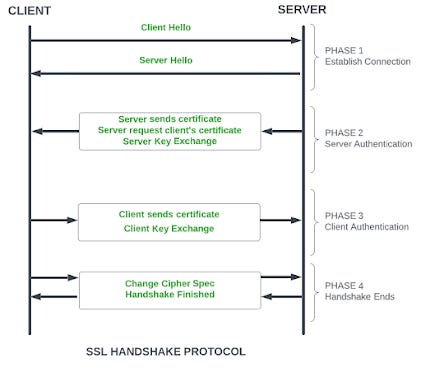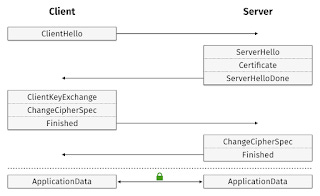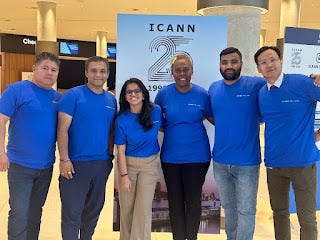On Friday, January 3, 2025, the Union government unveiled the draft Digital Personal Data Protection (DPDP) Rules, 2025, designed to implement the provisions of the Digital Personal Data Protection Act, 2023. Although the Act was enacted more than a year ago, the corresponding enforcement rules have been under development and are now open for public feedback.
The DPDP Act establishes a legal framework to regulate “data fiduciaries”—entities responsible for collecting personal data from “data principals” or individuals—and aims to safeguard this data from misuse while imposing penalties on organizations that breach data protection norms.The DPDP Rules, 2025, represent a significant milestone in building a secure, transparent, and user-focused digital environment.

The proposed rules outline the obligations of data fiduciaries when collecting user data. They require fiduciaries to inform users about the specific data being collected, the purpose of the collection, and provide a clear and detailed explanation enabling users (referred to as “Data Principals”) to give informed and explicit consent for the processing of their personal data.
The draft DPDP Rules are open for public feedback until February 18. According to the Ministry of Electronics and Information Technology (MeitY), submissions will be treated confidentially and will not be disclosed at any stage. Stakeholders can share their inputs through the MyGov portal, where the Ministry is accepting submissions.
Key Highlights:
1. The draft DPDP Rules propose the registration of “consent managers” who will assist data fiduciaries in obtaining user consent in a standardized format. The rules permit the government and its agencies to collect personal data for providing subsidies and benefits, subject to specified standards. Data collected for statistical purposes is exempt from certain restrictions.

2. The rules also mandate the deletion of user data if a service—such as an e-commerce platform, social media, or online gaming—is not used for an extended period, following a 48-hour notice to the user. Data fiduciaries must display the contact details of their data protection officer on their website.
3. The rules require that consent notices be written in clear, plain language and include essential details, such as a list of personal data being collected, to help users make informed decisions about data processing. Data fiduciaries must also provide a communication channel allowing users to withdraw consent or exercise their rights under the Act, such as requesting data erasure.
However, it lacks specificity, as the rules do not require mapping each piece of personal data to its exact purpose. Instead, data must simply be listed separately, leaving room for improvement in clarity and accountability.
4. For Children’s Data, the rules mandate that data fiduciaries adopt appropriate technical and organizational measures to ensure verifiable parental consent before processing any personal data of minors. To achieve this, fiduciaries may rely on voluntarily provided details of identity and age, a virtual token linked to such details issued by authorized entities, or verified details available through services like Digital Locker.
5. The processing of Indian citizens’ data outside the country is subject to future requirements that the government may outline through subsequent orders, ensuring additional regulatory oversight.
6. Users must be notified if their personal data is compromised, ensuring greater transparency and accountability. The rules also mandate that detailed incident disclosures be made to the Data Protection Board within 72 hours of a breach. Data fiduciaries are required to implement technical and operational safeguards to prevent data breaches and must notify the Data Protection Board of India (DPBI) of any breach within 72 hours.
7. The Rules establish specific data retention and erasure timelines for large e-commerce platforms, online gaming services, and social media intermediaries. The system must delete user data if the user hasn’t logged in for three years. While this is a significant move toward better data management, the reasoning behind limiting these requirements to these three categories remains unclear.

8. The rules clarify the processes for exercising rights under the Act, ensuring that both Consent Managers and Data Fiduciaries provide clear instructions on how users can exercise these rights on their websites or apps. This is a promising development in enhancing user control over their data. However, the requirement that Consent Managers must be Indian companies raises concerns about balancing accountability with fostering competition, potentially limiting options for users and companies.
In conclusion, the draft DPDP Rules, 2025, represent a significant step in strengthening data privacy and user rights in India. As the IT Ministry invites public feedback, stakeholders have a crucial opportunity to shape the final framework and ensure its effectiveness in safeguarding personal data.










